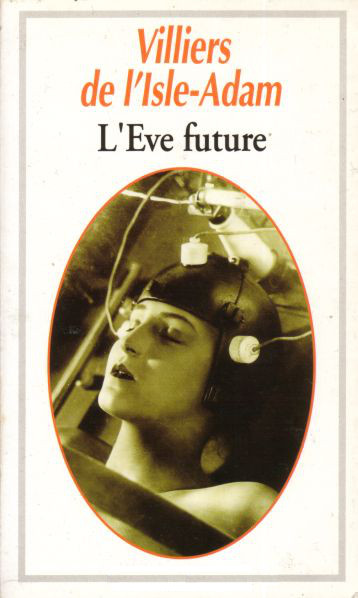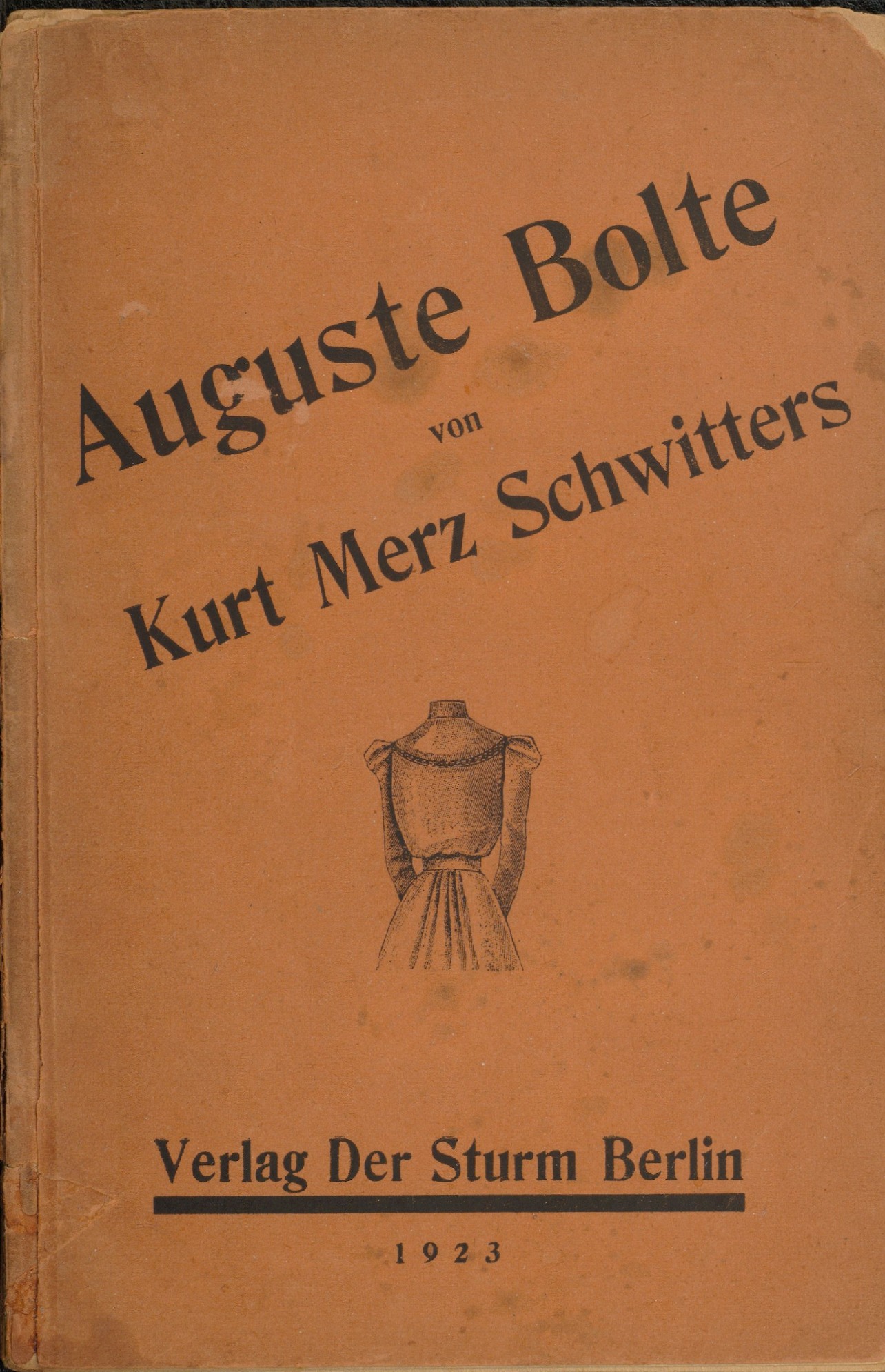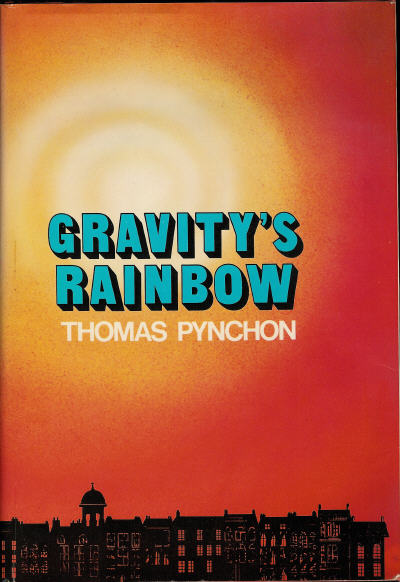Auguste Villiers de l’Isle-Adam: L’Ève future (1886-) [French]
Filed under fiction | Tags: · android, cinema, science fiction, symbolism, technology

The young Lord Ewald is close to suicide because of his beautiful but emotionally and intellectually stuck fiancée. His friend, engineer Thomas Edison, replies by offering to construct for him a machine-woman in the form of his fiancée but without any of her bothersome personality.
The Future Eve (or Tomorrow’s Eve) has been discussed as a key text in the Decadent movement, and as an important work of 19th century science fiction, known for popularizing the term android [Andreid]. It is particularly criticized for its misogyny.
Publisher De Brunhoff, Paris, 1886
via Daniela Cascella
wikipedia (incl. plot, in English)
review (Boyd Petersen, The New York Review of Science Fiction)
commentary (Verena Kuni, MediaArtNet)
commentary (T. Ross Leasure, Latch)
PDF (1886 edition, multiple formats, Gutenberg.org)
PDF (1909 edition, multiple formats, Archive.org)
Kurt Schwitters: Auguste Bolte (1923–) [DE, PT]
Filed under fiction | Tags: · dada

Publisher Der Sturm, Berlin, 1923
46 pages
via Kunsthaus Zurich
Auguste Bolte (German, 1923, 71 MB, added on 2020-9-5)
Augusta Pia: um xarope de fígado de bacalhau (Portuguese, trans. Judite Berkemeier, 1989)
Thomas Pynchon: Gravity’s Rainbow (1973-) [EN, IT, HU]
Filed under fiction | Tags: · colonialism, conspiracy, entropy, military, sex, synchronicity, war

A few months after the Germans’ secret V-2 rocket bombs begin falling on London, British Intelligence discovers that a map of the city pinpointing the sexual conquests of one Lieutenant Tyrone Slothrop, U.S. Army, corresponds identically to a map showing V-2 impact sites. The implications of this discovery launch Slothrop on a wildly comic extravaganza.
“Gravity’s Rainbow is Pynchon’s most celebrated novel. An intricate and allusive fiction that combines and elaborates on many of the themes of his earlier work, including preterition, paranoia, racism, colonialism, conspiracy, synchronicity, and entropy, the novel has spawned a wealth of commentary and critical material, including reader’s guides, books and scholarly articles, online concordances and discussions, and art works. Its artistic value is often compared to that of James Joyce’s Ulysses. Some scholars have hailed it as the greatest American post-WW2 novel, and it has similarly been described as ‘literally an anthology of postmodernist themes and devices’.” (from Wikipedia)
A Journey Into the Mind of P, documentary on Pynchon (dir. Donatello Dubini & Fosco Dubini, 2002, 88 min)
Gravity’s Rainbow (English, 2000, EPUB)
Gravity’s Rainbow (English, undated, PDF, unpaginated)
L’arcobaleno della gravità (Italian, trans. Giuseppe Natale, 1999, no OCR, 82 MB), (OCR’d, unpaginated)
Súlyszivárvány (Hungarian, trans. János Széky, 2009, unpaginated)

